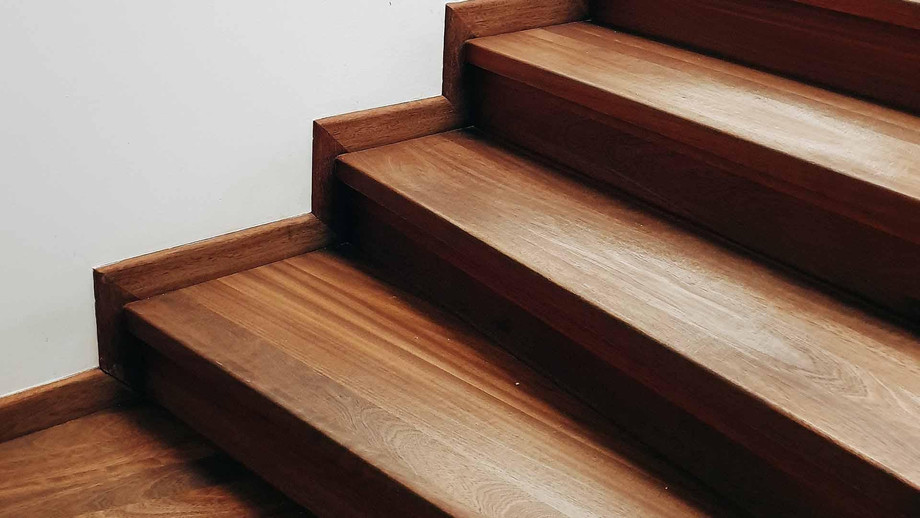Wooden doors have been an integral part of architectural design for centuries. They are not just functional but also contribute significantly to the aesthetics of a space. Behind every beautifully crafted wooden door is a meticulous wood door production process that combines craftsmanship, technology, and a deep understanding of wood's characteristics. In this article, we delve into the fascinating world of wood door production, exploring the steps involved and the factors that make it an art form.
Understanding the Importance of Wooden Doors
Wooden doors serve several essential functions in architecture and interior design:
Aesthetic Appeal: Wooden doors are renowned for their timeless beauty. They add warmth, elegance, and character to any space.
Functionality: Beyond aesthetics, wooden doors provide privacy, security, and insulation, making them indispensable elements in residential and commercial buildings.
Environmental Benefits: Wood is a renewable and sustainable resource. Using wooden doors contributes to eco-friendly construction practices.
The Wood Door Production Process
Crafting a wooden door involves a series of steps that require skill, precision, and attention to detail:
Wood Selection: The production process begins with the careful selection of wood. The type of wood chosen affects the door's appearance, durability, and cost. Common wood choices include oak, mahogany, cherry, maple, and pine.
Milling and Shaping: Once the wood is selected, it undergoes milling and shaping processes. This involves cutting, planing, and profiling the wood to create the door's basic components, such as stiles, rails, and panels.
Joinery: Joinery techniques, such as mortise and tenon or dowel joints, are used to connect the door's components. These joints provide strength and stability to the door.
Panel Assembly: In the case of paneled doors, individual panels are fitted into the frame. These panels can be solid wood, veneered wood, or other materials like glass or metal, depending on the door's design.
Carving and Detail Work: For doors with intricate designs, carvings, or decorative details, skilled artisans use hand or machine carving techniques to create these features.
Sanding and Smoothing: After the door's components are assembled, the surface is meticulously sanded and smoothed to ensure a flawless finish.
Finishing: The finishing process is crucial for both protection and aesthetics. It involves applying stains, paints, varnishes, or protective coatings to enhance the wood's appearance and durability.
Factors Influencing Wood Door Production
Several factors influence the production of wooden doors, making it a blend of science and art:
Wood Species: Different wood species have unique grain patterns, colors, and characteristics that impact the door's final appearance and durability.
Design and Style: The design and style of the door, including its size, shape, panels, and decorative elements, determine the complexity of the production process.
Climate and Environment: Environmental factors, such as humidity and temperature, can affect the wood's stability and may require additional treatments or precautions during production.
Craftsmanship: Skilled artisans play a pivotal role in wood door production. Their expertise in joinery, carving, and finishing techniques contributes to the door's quality and beauty.
Technology: Modern technology, such as computer-aided design (CAD) software and CNC (Computer Numerical Control) machinery, has revolutionized wood door production, allowing for greater precision and efficiency.
The Evolution of Wood Door Production
While traditional craftsmanship remains at the heart of wood door production, advancements in technology and materials have led to innovations in the industry. Here are some notable trends:
Customization: Customers increasingly seek custom-made doors tailored to their unique preferences, driving the demand for personalized design options.
Energy Efficiency: Energy-efficient doors with enhanced insulation properties are gaining popularity due to their ability to reduce heating and cooling costs.
Security Features: Modern wood doors are equipped with advanced security features, such as reinforced cores and high-security locking systems, to enhance home safety.
Sustainability: Sustainable wood sourcing and the use of eco-friendly finishes are becoming standard practices in response to growing environmental concerns.
For More Info:-






Comments